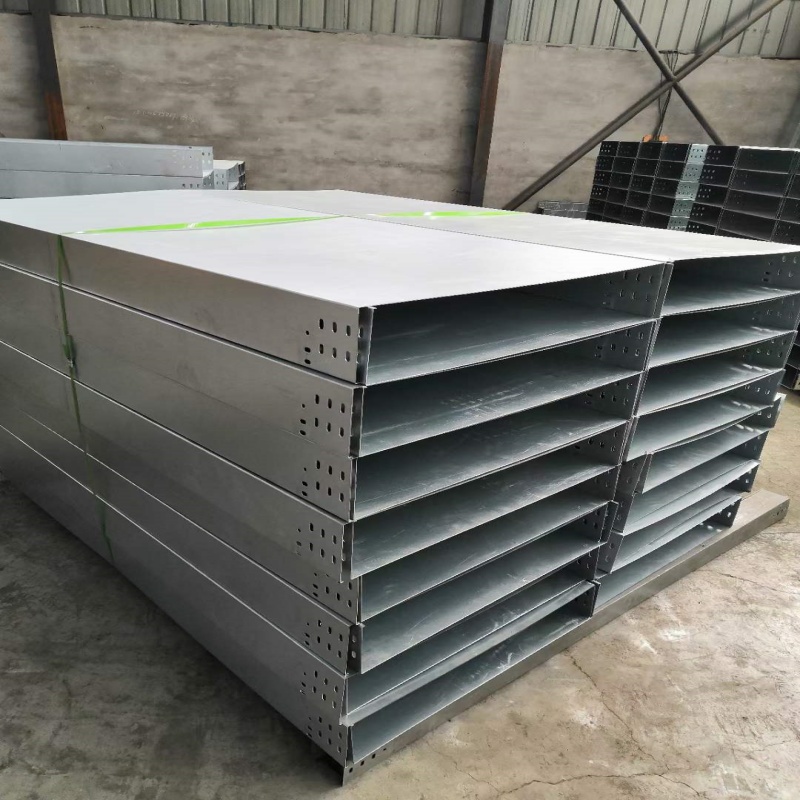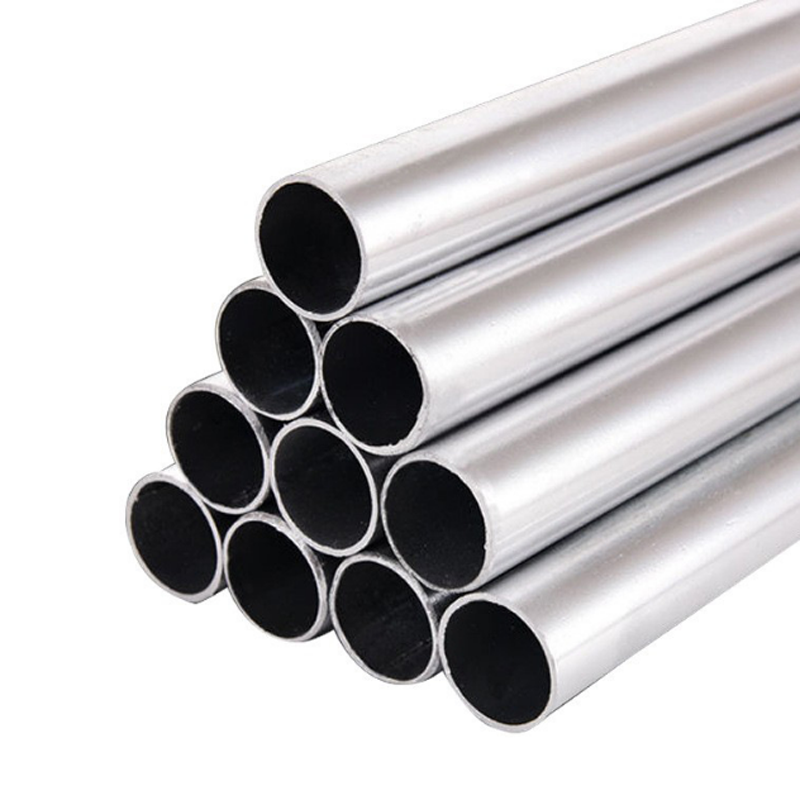What is the difference between cable tray and conduit?
In the world of electrical installations, ensuring that wiring systems are safe and organized is of vital importance. Two common cable management solutions are cable trays and conduits. While both are used to protect and organize wires, they have different properties and applications. Understanding the difference between cable trays and conduits can help you make informed decisions for your electrical projects.
Cable Trays: Overview
Cable tray is a system used to contain and protect electrical cables. It usually consists of rectangular or square channels made of materials such as PVC, metal or fiberglass. The main function of cable tray is to provide a neat and orderly path for cables, minimizing the risk of damage and reducing clutter in residential and commercial environments.
One of the main benefits of cable trays is that they are easy to install. Cable trays can be mounted on walls, ceilings, or floors, allowing for flexibility in design and layout. In addition, cable trays are often equipped with removable covers to facilitate maintenance or upgrades of cables. This convenience is especially important in environments where cables need to be added or replaced frequently.
Cable ducts are available in a variety of sizes and configurations to accommodate different types and quantities of cables. They are often used in offices, schools, and industrial settings where multiple cables need to be managed efficiently. Cable ducts can also hide unsightly wires, creating a clean, professional look that enhances the aesthetics of a space.
Conduit: Overview
Conduit, on the other hand, is a tube or pipe that protects wires from physical damage and environmental factors. Conduit can be made of a variety of materials, including metal (such as EMT or hard steel), PVC, or fiberglass. Unlike open, accessible cable trays, conduit is typically a closed system that requires cables to be routed through the pipe.
The main purpose of conduit is to provide a strong protective covering for wires, especially in environments where the cables may be exposed to moisture, chemicals or physical shock. Conduit is often used in outdoor installations, industrial environments, and areas where wiring conditions are difficult. It is also the first choice for underground installations because it helps prevent damage caused by soil movement and moisture.
One of the notable features of conduit is its ability to provide a high level of protection for cables. However, this also comes at the expense of accessibility. Once cables are installed in conduit, accessing them for maintenance or upgrades can be more challenging than in cable trays. Additionally, conduit installation can be more labor-intensive and time-consuming, as it often requires bending and cutting the tubing to fit a specific layout.
Main differences
The main differences between cable trays and conduits can be summarized as follows:
1. Design and Construction: A cable trough is an open channel that allows easy access to cables, while a conduit is a closed pipe that provides a higher level of protection but is more difficult to access.
2. Installation: Cable trays are generally easier and quicker to install, while conduit installation can be more laborious due to the need for bending and cutting.
3. Protection Level: Conduit provides superior protection against physical damage and environmental factors, making it an ideal choice for harsh conditions, while cable trays are more suitable for indoor applications where aesthetics and accessibility are prioritized.
4. Application: Cable trays are typically used in offices and commercial spaces, while conduits are suitable for outdoor, industrial, and underground installations.
Cable trays and conduits both play a vital role in electrical installations, and they each have unique advantages and applications. By understanding the difference between the two, you can choose the right solution for your specific needs and ensure that your electrical system is safe and in good working order.

